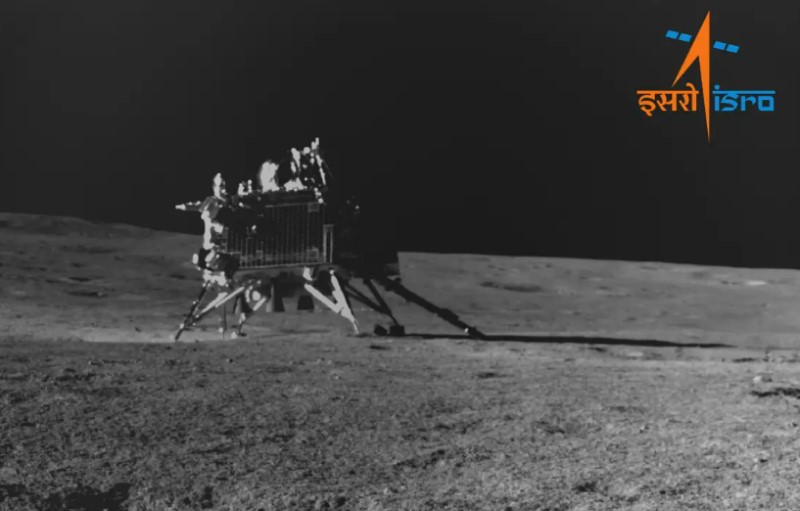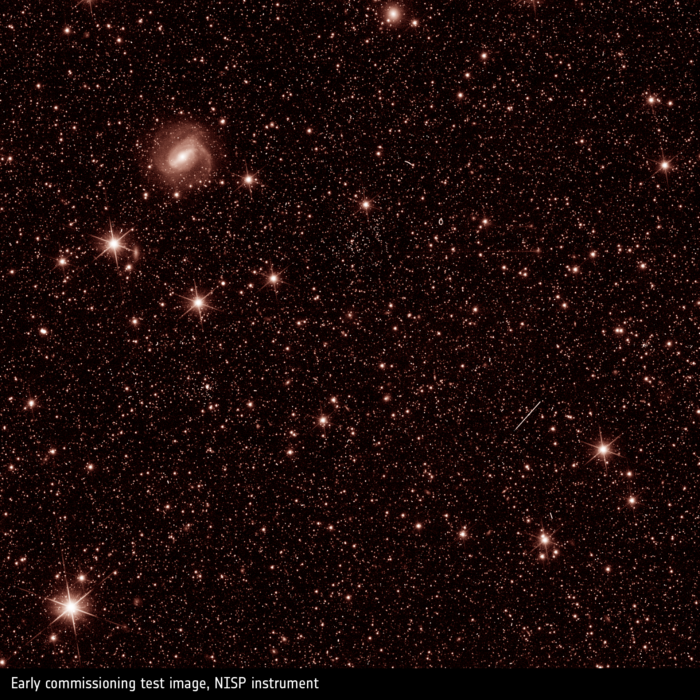On August 30, 2019, an amateur astronomer from Ukraine named Gennadiy Borisov saw something unusual. It was a comet (that's not the unusual part) that had never been seen before (a bit more unusual) and was traveling at extreme speeds, even for a comet (definitely unusual).
Comets in our solar system have a known range of speeds based on the power of the Sun's gravity. So when a comet is moving faster than the Sun should be able to propel it, it is a clue that it's not from around here. And confirmation that an object is interstellar — or comes from another star system — that is the most awesomely unusual thing of all!
Which is why ever since the comet — named Borisov or 2I/Borisov — was first discovered, astronomers have been working overtime to understand what it is... before it's gone for good.
Check out this two-second time lapse of seven hours of the Hubble telescope watching Comet Borisov.
So what has all this observation taught us? Let's investigate!
Only the second time

The asteroid Oumuamua — our solar system's first known interstellar visitor. (European Southern Observatory/M. Kornmesser)
For starters, researchers have confirmed that this comet comes from another star. It travels at a stunning 177,000 km/h (110,000 mph) — that's around three times faster than the Voyager spacecrafts, which are the only human-made crafts to become interstellar themselves and leave our solar system.
There has been only one other instance where scientists have seen a visitor from another solar system in our midst. That was in 2017, when Oumuamua was discovered. Now that asteroid was odd through and through, from its origins to its reddish metal composition to its curious cigar shape. Who knows what surprises Borisov has in store, right?
Brother from another mother?
Except here's maybe the most curious thing about this comet. While it is a stranger to these parts, it is not that strange.
Astronomers can confirm that from its size (about 2 km or 1.2 mi. wide) to what its made of to the dust and gas that surround it, Borisov is quite similar to the comets that we already know and love. This could mean that it comes from an alien solar system that is also quite similar to our own. After all, comets are likely a product of the star system that formed them. Then again, it could also mean that comets are sort of the same everywhere, no matter where they are formed.
Who knows? We're new at this whole interstellar object thing! But considering that we've discovered two of them in just three years, many scientists believe that we've entered into a new era of astronomy. One where our abilities to watch the skies are better than ever before.
To which we say, Bring it on! Watch this video from Space.com for a tidy recap on Borisov so far.
 A picture of Comet 2I/Borisov taken by the Canada-France-Hawaii Telescope on Hawaii's Big Island, Sept. 10, 2019. (NASA/JPL/CalTech)
A picture of Comet 2I/Borisov taken by the Canada-France-Hawaii Telescope on Hawaii's Big Island, Sept. 10, 2019. (NASA/JPL/CalTech)










😯 😯 😯 😯 😯 😯 😯 This is SO COOL!